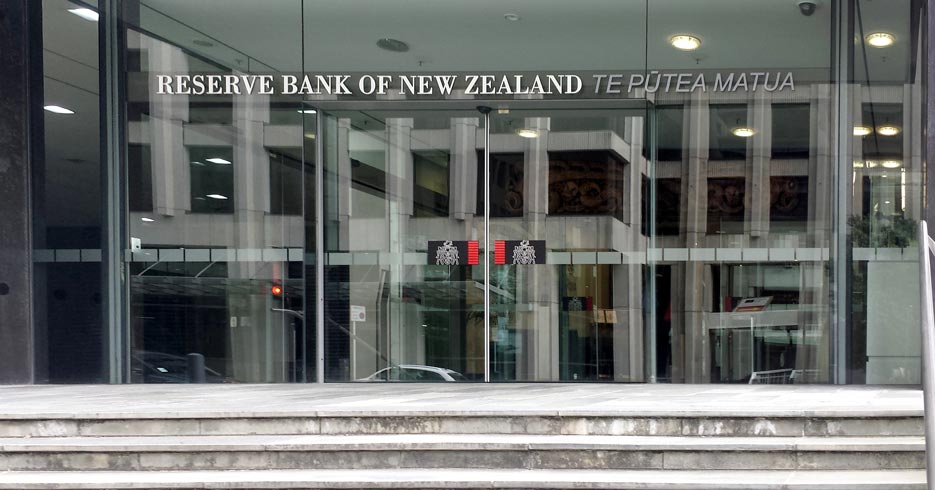One really interesting observation from the recent IMF review of New Zealand’s financial system was the structural inter-dependency with financial services in Australia, not least because much of the banking footprint in NZ stems from Australian parent companies. Now the Reserve Bank in New Zealand has published its response. The Reserve Bank will consider how it can more actively cooperate and coordinate with the Australian Prudential Regulation Authority (APRA) in the on-going regulation and supervision of the large Australian-owned banks.
The IMF recommends a number of steps to strengthen institutional arrangements, define responsibilities, and to clarify the objectives necessary to support the operational independence of New Zealand’s financial regulators. These recommendations cover prudential regulation and supervision, crisis management, and macro-prudential policy.
The IMF notes that the Reserve Bank, as a financial regulator, must have a suitable distance between itself and the executive branch of government. Independence is a necessary pre-condition for optimal policy and supervisory outcomes, albeit this needs to be supported by a robust framework that holds the Reserve Bank accountable to both government and the public.
Cooperation with Australian authorities
The IMF recommends strengthening collaboration and cooperation with the Australian authorities in order to recognise the important interdependencies between the two financial systems. The IMF recognise that there are already well-developed working relationships between the New Zealand authorities and their Australian counterparts.
This is reflected in on-going supervisory contact between the Reserve Bank and its counterpart in Australia, as well as through forums such as the Trans-Tasman Banking Council (TTBC) which is a body comprising various New Zealand and Australian agencies.
Reserve Bank response
The Reserve Bank has already begun the process of reviewing all the relevant findings and recommendations. The initial focus is on the extent to which greater alignment with international orthodoxy – as envisaged in most of the recommendations – might further contribute to the Reserve Bank’s statutory objectives tied to the promotion of a sound and efficient financial system.
The Reserve Bank continues to believe that its three-pillar framework, and an emphasis on self- and market discipline, has served New Zealand well. That said, there are a number of recommendations that, if adopted, may support financial system outcomes and the statutory purpose of the Reserve Bank.
In this regard the Reserve Bank will consider how it can more actively cooperate and coordinate with the Australian Prudential Regulation Authority (APRA) in the on-going regulation and supervision of the large Australian-owned banks.
The Reserve Bank will work with the Treasury to consider those recommendations tied to the ‘institutional boundary’ question in order to preserve and enhance a suitable degree of operational autonomy.
More generally, the Reserve Bank will be closely examining those recommendations that taken together may enhance the three-pillar approach to regulation and supervision. Elements of this model could include more independent verification or validation of information provided by regulated institutions, and a greater use of thematic reviews.
Other elements of this enhanced BAU model could include more clearly articulated (and enforceable) policy requirements, a re-emphasis on conservative and simple regulatory settings, and a more systematic and consistent approach to disclosure in the insurance sector. The review of the bank attestation regime currently in progress is likely to provide some insights into the value of the attestation process, how it could be enhanced and possibly how it could be applied to other sectors the Reserve Bank supervises.
The Reserve Bank will provide quarterly reporting, along with other agencies, to the Minister on progress in implementing FSAP findings and recommendations via CoFR.

